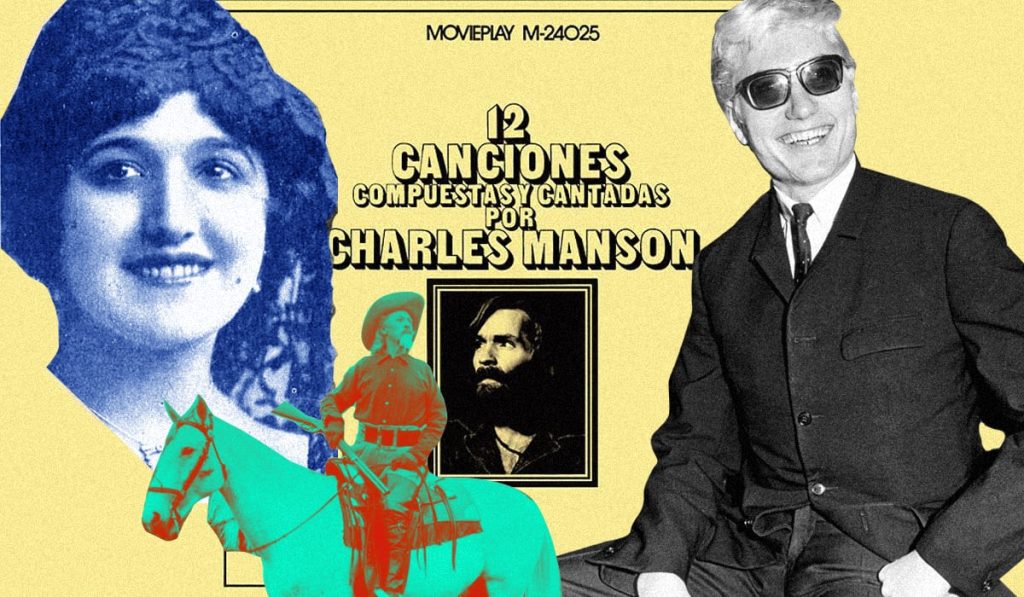The section Locas Pasiones, of El Pais Semanal, brought together public figures in Spain between 1987 and 1988 who posed dressed as their favorite historical characters. Photographer Luis Magán met with José María Aznar, then President of the Junta de Castilla y León, at the castle of Villafuerte de Esgueva (Valladolid) to photograph him dressed as El Cid. According to Servando Rocha, director of the La Felguera publishing house, Aznar arrived already in costume and even began speaking in verse like in the Cantar del Mio Cid. Rocha believes that figures like El Cid, Pelayo, and Isabel la Católica represent the attempt by Spanish nationalism to construct an identity based on a forced and histrionic historical narrative excluding the Arab period.
Una, grande y rara, a book edited by La Felguera, explores the clash between the concept of Spanish identity and the humoristic and irreverent perspective of comedian Ignatius Farray, who defines being Spanish as not caring about being Spanish. Inspired by Celtiberia Show (1971), the book serves as a compendium of strange and often failed attempts to construct a national epic, reflecting Spain through warped mirrors in the style of Valle-Inclán. It delves into the bizarre and unusual aspects of Spanish culture, drawing from historical events and figures that challenge conventional narratives.
La Felguera focuses on stories that highlight the grotesque and atavistic aspects of Spanish tradition, including the exploitation of religious imagery by figures such as Franco. The book includes articles from Agente Provocador, an online platform that explores curious and surprising stories related to Spain, occultism, pop culture, art, and punk. It delves into the darker and more eccentric corners of Spanish history and culture, presenting a unique perspective on the nation’s identity and collective memory.
Una, grande y rara not only covers whimsical and outlandish tales related to Spanish nationalism but also delves into stories of dignity and resilience, such as that of La Asturianita, a woman born without arms in early 20th century Spain who overcame obstacles to become a performer using her feet. The book also features stories of individuals like Alfonso Graña, who became a king of three tribes in the Peruvian jungle, and the fake fakir Daja-Tarto, who transitioned from failed bullfighter to showman capable of ingesting glass and cement, reflecting the absurdity of Spanish society.
The book delves into historical events such as the controversial display of the “negro de Banyoles,” a disecated body exhibited in Catalonia representing the remnants of human zoos that were popular in Europe during the late 19th and early 20th centuries. It also explores the arrival of Buffalo Bill in Barcelona in 1889, where the American showman’s Wild West spectacle resulted in tragedy for the indigenous participants, reflecting a clash of cultures and the exploitation of foreign peoples for entertainment.
Una, grande y rara features stories like that of Álvaro Bustos, a former singer turned patricide, and the curious case of Waldemar Wohlfahrt, a German playboy accused of being a serial killer in Spain who later reinvented himself as a musician and actor. The book sheds light on the intersection of the macabre and the folkloric in Spanish culture and history, showcasing the eclectic and often bizarre tapestry of the nation’s past and present. In exploring these unconventional narratives, the book challenges conventional understandings of Spanish identity and history, offering a fresh and provocative perspective.


